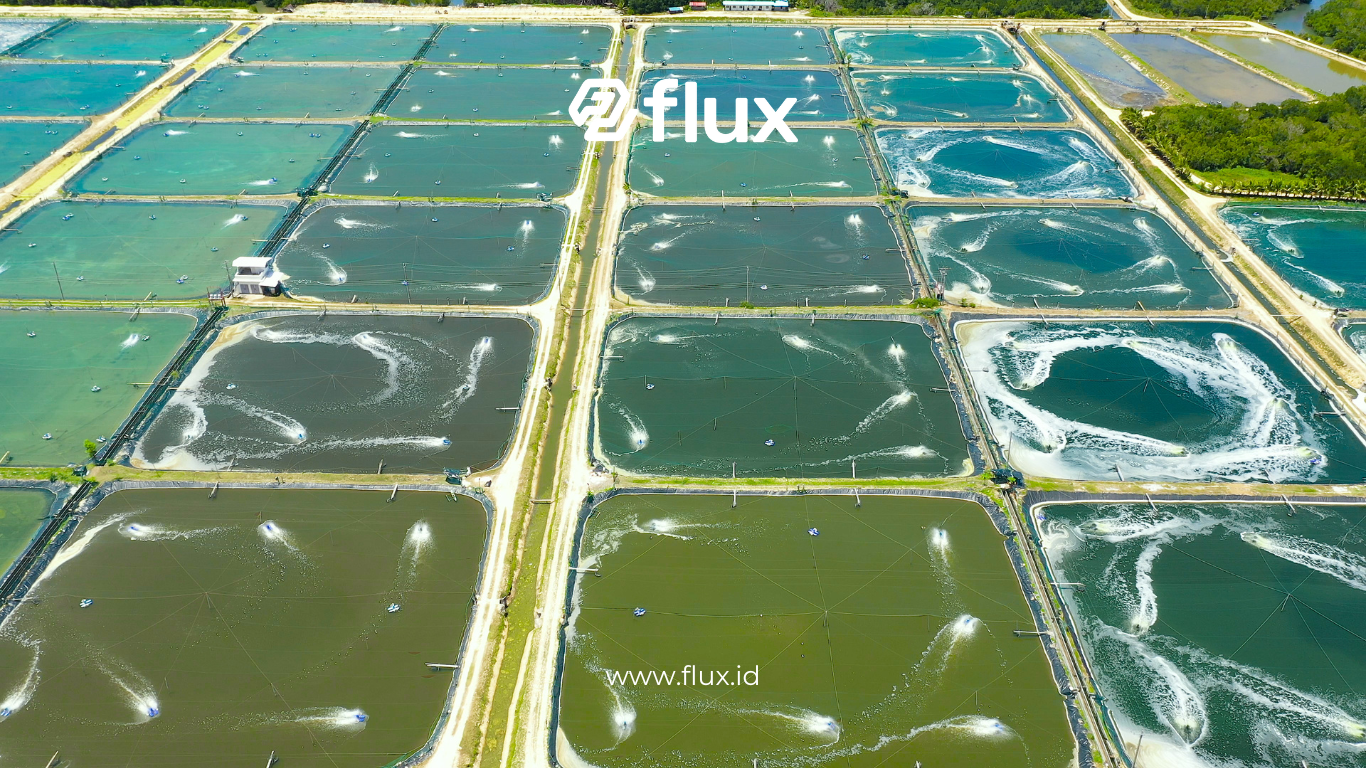Don't miss our holiday offer - 20% OFF!
Fisheries play a vital role in the global food industry, making effective management of aquaculture systems essential for success. One crucial factor that influences the quality of the aquaculture environment is water circulation. Proper circulation helps maintain water quality, provides adequate oxygen, and reduces waste accumulation. This is where flow rate sensors come into play. This article discusses how flow rate sensors enhance circulation and maintain environmental health in aquaculture.
Contents
What Is a Flow Rate Sensor?

Read More: How Flow Rate Sensors Work: Essential Technology for Monitoring Water Flow for Optimal Aquaculture
A flow rate sensor measures the flow of liquid within a system. In aquaculture, these sensors monitor water flow in ponds or tanks, ensuring sufficient circulation to support fish and other organisms. Proper water flow is essential for controlling parameters like dissolved oxygen levels, pH, and waste removal, all of which directly contribute to fish health.
Types of Flow Rate Sensors
Several types of flow rate sensors are commonly used in the aquaculture industry, including:
- Electromagnetic Flow Sensors
These sensors operate on the principle of electromagnetic induction. As liquid flows through a magnetic field, it generates a voltage proportional to the flow velocity. Highly accurate, electromagnetic sensors suit large-scale aquaculture operations. - Ultrasonic Flow Sensors
Ultrasonic sensors utilize sound waves to detect water flow velocity. They are ideal for non-invasive applications because they can install outside the pipe, minimizing contamination risks. - Turbine Flow Sensors
These sensors use a small turbine that spins as liquid flows through it. The flow velocity measures based on the turbine’s rotational speed. Due to their affordability and ease of installation, turbine sensors are commonly used.
Why Is Flow Rate Important in Aquaculture?

Read More: Water Current Sensors: Key Tech for Revealing Flood Flow Secrets
Maintaining optimal water flow is essential for a healthy aquaculture ecosystem. Some key benefits of proper water circulation include:
- Oxygen Distribution
Fish and other aquaculture organisms require dissolved oxygen to survive. Proper water flow ensures that oxygen distributes evenly throughout the pond, allowing fish in all areas to receive adequate oxygen. - Waste Removal
Aquaculture generates organic waste, such as fish waste and uneaten feed. Without sufficient flow, this waste can accumulate, leading to decreased water quality. Flow rate sensors control water flow to ensure timely waste transportation to the filtration system. - Temperature Control
Water temperature significantly impacts fish health. Good circulation helps distribute heat evenly, keeping water temperature stable and preventing stress on fish. - Avoiding Dead Zones
Dead zones form in ponds with insufficient water flow, causing waste accumulation and reduced water quality. By utilizing flow rate sensors, operators can optimize water circulation and prevent dead zones from forming.
Using Flow Rate Sensors in Fisheries Monitoring
Flow rate sensors in aquaculture monitor and control water circulation in real-time. Here are some applications of flow rate sensors in various aquaculture settings:
1. Recirculating Aquaculture Systems (RAS)
In recirculating aquaculture systems, operators reuse water after filtering it. Flow rate sensors play a crucial role in ensuring stable water flow and controlling the rate of filtered water circulating back into the pond. These sensors help maintain ecosystem balance by providing clean, oxygen-rich water.
2. Filtration System Control
Filtration systems are vital for maintaining water quality. Flow rate sensors measure water flow to and from the filtration system, ensuring that contaminated water effectively processes before returning to the pond.
3. Aeration System Monitoring
Aeration adds oxygen to the water, which is crucial for fish survival. Flow rate sensors monitor the flow rate of water passing through the aeration system, ensuring optimal aeration operations.
Benefits of Flow Rate Sensors for Environmental Health in Aquaculture

Read More: Water Current Sensor: Unveiling Accurate Technological Insights
Using flow rate sensors not only enhances fish health but also supports environmental sustainability in aquaculture. Here are some key benefits:
1. Increased Fish Productivity
By ensuring optimal water flow, flow rate sensors create a healthy environment for fish. Fish in optimal conditions tend to grow faster and healthier, ultimately increasing productivity.
2. Reduced Resource Use
Real-time water flow monitoring helps minimize water and energy waste. Efficient water flow means that pumps and filtration systems do not have to work harder than necessary, resulting in lower operational costs.
3. Lower Disease Risk
Poor water flow can lead to the accumulation of bacteria and parasites, increasing disease risk among fish. By maintaining optimal water quality, flow rate sensors help minimize this risk.
Challenges and Solutions in Using Flow Rate Sensors

Although flow rate sensors provide numerous benefits, implementing them comes with challenges, such as:
- Sensor Maintenance
Regular maintenance is essential for flow rate sensors to ensure optimal performance. Sedimentation or debris can affect sensor accuracy, so routine cleaning is vital. - Initial Installation Costs
The installation cost of flow rate sensors and related monitoring systems can be high, especially for large-scale aquaculture operations. However, this investment pays off with increased efficiency and productivity in the long run.
Conclusion
Using flow rate sensors in fisheries monitoring represents a crucial step toward ensuring optimal water circulation and maintaining environmental health in aquaculture. By monitoring water flow in real-time, flow rate sensors enhance productivity, maintain fish health, and support environmental sustainability. While implementation challenges exist, the long-term benefits clearly outweigh the costs. This technology not only improves operational efficiency in aquaculture but also plays a vital role in preserving environmental sustainability.
With flow rate sensors, aquaculture managers can gain better control over water environments, ultimately creating a healthy and productive ecosystem for fish and other organisms.





